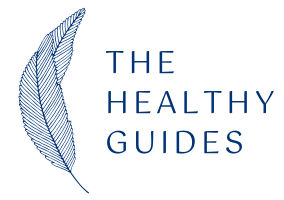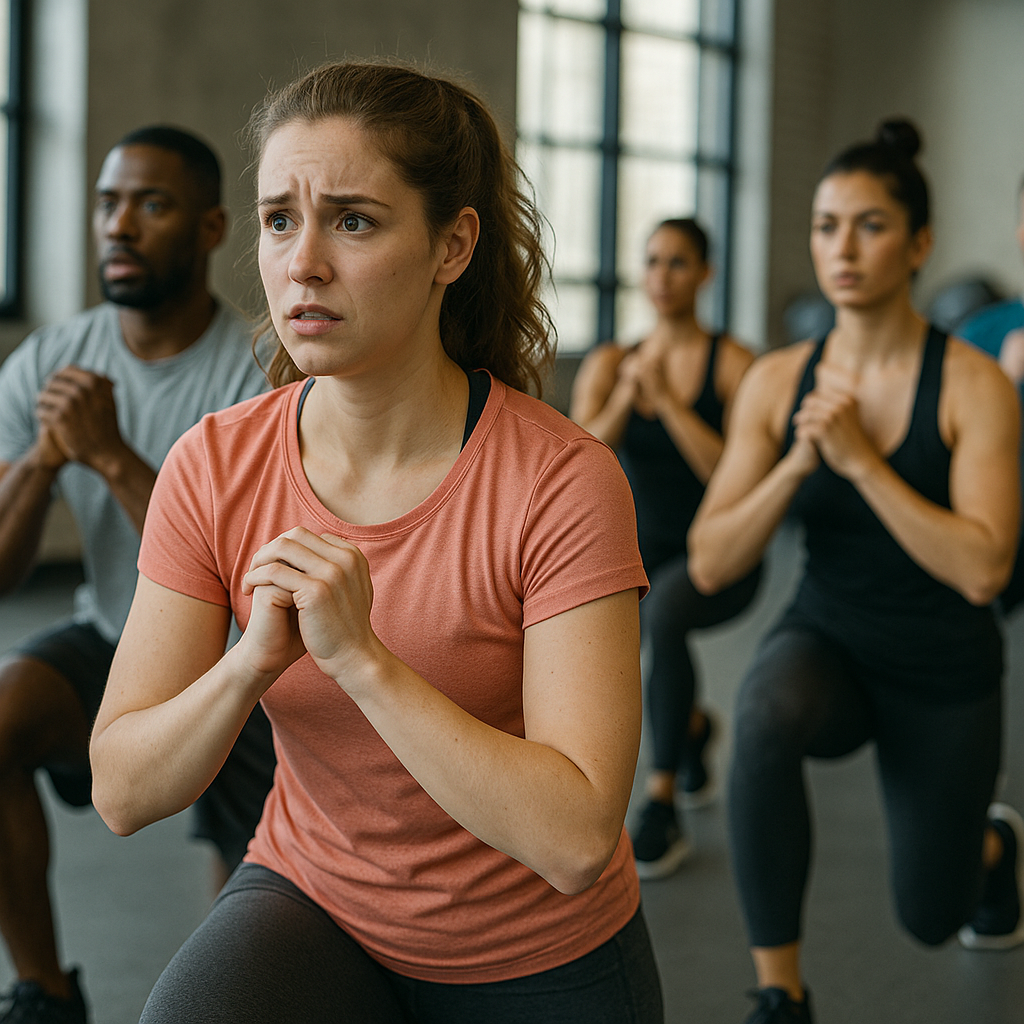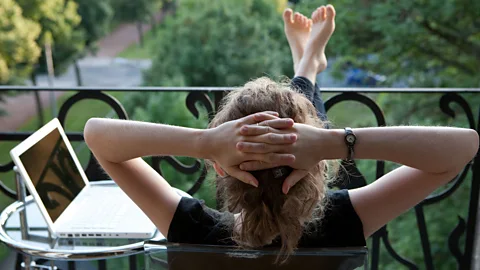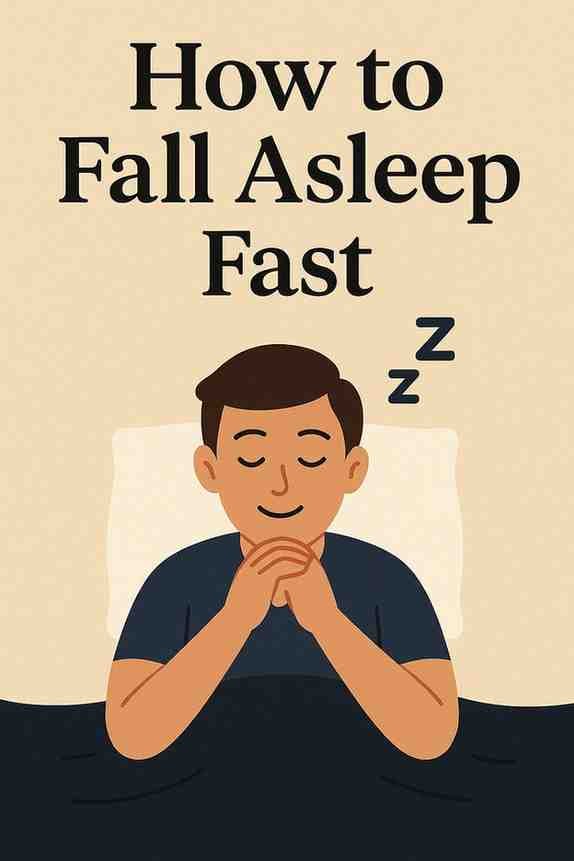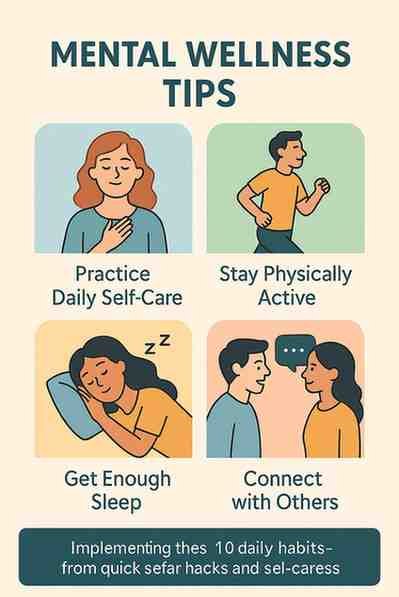Can Exercise Trigger Anxiety? – The Surprising Connection Between Fitness and Mental Health
Exercise is often celebrated as the ultimate stress-buster, but for some people it can have the opposite effect. Instead of leaving you calm and energized, a workout may trigger racing thoughts, jitters, or even a panic-like response. This raises an important question: what’s the real link between exercise and anxiety?
The truth is that movement can either soothe your nervous system or overload it, depending on intensity, mindset, and recovery. In this guide, we’ll explore the benefits of exercise for anxiety, the situations where it can actually cause anxiety, and how to find the right balance for your mental health.
The key lies in understanding the difference between exercise for anxiety vs exercise causing anxiety. In this guide, we’ll explore both sides of the coin, unpack the science of endorphins vs adrenaline, and weigh the benefits against the drawbacks. By the end, you’ll know how to make exercise your ally — not your anxiety trigger.
1. Exercise for Anxiety vs Exercise Causing Anxiety
Most mental health professionals recommend exercise as a first-line strategy for managing anxiety. But not all movement is created equal.
Exercise for Anxiety
- Boosts serotonin & dopamine: These neurotransmitters regulate mood and motivation.
- Regulates stress hormones: Moderate exercise lowers cortisol levels over time.
- Acts like moving meditation: Walking, yoga, or slow cycling can calm racing thoughts.
- Improves sleep: Quality rest is critical for anxiety management.
- Builds resilience: Facing small physical challenges (lifting weights, jogging) boosts confidence.
Example:
Sarah, who struggles with social anxiety, finds that a daily 20-minute yoga practice helps her stay grounded before work. The gentle stretches and controlled breathing create calm instead of panic.
Exercise Causing Anxiety
- Adrenaline overload: High-intensity training can mimic anxiety symptoms (racing heart, trembling).
- Overtraining: Too much exercise increases stress instead of reducing it.
- Nutritional gaps: Exercising on an empty stomach or without hydration can trigger dizziness or shakiness, mistaken for anxiety.
- Social triggers: Crowded gyms or comparison culture may heighten anxiety.
Example:
James signed up for a HIIT class. Within minutes, his pounding heart and shortness of breath made him think he was having a panic attack. Instead of feeling accomplished, he left the gym feeling worse.
Takeaway: The same treadmill session could either calm or agitate, depending on the context. Knowing your triggers is the first step.
2. Running for Anxiety vs Running Causing Anxiety
Running deserves its own spotlight because it’s one of the most debated workouts when it comes to anxiety.
Running for Anxiety
- Runner’s high: A euphoric state caused by endorphins and endocannabinoids.
- Rhythmic and meditative: The repetitive motion helps focus thoughts.
- Improved brain health: Increases neurogenesis (growth of new brain cells), which may reduce anxiety.
- Sleep benefits: Regular running helps regulate circadian rhythms.
Scenario: Alex uses evening jogs as his “therapy.” He runs at a steady pace for 30 minutes, returns home calmer, and falls asleep faster.
Running Causing Anxiety
- Panic mimicry: Rapid heartbeat, sweating, and breathlessness feel like panic attacks.
- Dehydration or low blood sugar: Can cause shakiness or dizziness, misinterpreted as anxiety.
- Competitive pressure: Comparing pace or performance on fitness apps may worsen anxiety.
- Social anxiety triggers: Crowded races or gyms can cause discomfort.
Scenario: Mia signed up for her first 10K. Mid-run, her chest tightened, her breathing sped up, and she feared something was wrong. Instead of joy, she felt spiraling anxiety.
Takeaway: Running is a double-edged sword — calming when paced, but anxiety-inducing when pushed too hard.
3. Endorphins vs Adrenaline Anxiety
Why do some workouts make you euphoric, while others leave you shaky? It often comes down to the chemical cocktail exercise creates.
Endorphins – The Natural Mood Boosters
- Released during moderate exercise
- Dull pain, enhance pleasure
- Create the famous “runner’s high”
- Leave you feeling relaxed and satisfied
Adrenaline – The Double-Edged Hormone
- Released during intense or stressful workouts
- Increases alertness and energy
- Raises heart rate, blood pressure, and breathing
- Mimics anxiety symptoms when levels are too high
Metaphor:
Think of endorphins as your body’s built-in stress relief spa, and adrenaline as an emergency alarm. Both have roles, but too much adrenaline feels like the fire alarm is stuck ringing.
4. Benefits of Exercise for Anxiety vs the Drawbacks
Let’s weigh the pros and cons.
✅ Benefits of Exercise for Anxiety
- Boosts mood naturally without medication
- Reduces muscle tension linked to stress
- Creates routine and structure (helpful for anxious minds)
- Provides distraction from looping thoughts
- Builds resilience — facing small challenges teaches the brain to manage bigger ones
❌ Drawbacks of Exercise for Anxiety
- Overtraining leads to burnout and higher cortisol
- Can trigger panic-like symptoms (heart racing, hyperventilation)
- Caffeine and pre-workouts amplify anxiety
- Gym environment stress (comparison, judgment, mirrors)
- Risk of dependency — using exercise as the only coping mechanism
Tip: The secret is moderation. Exercise works best for anxiety when it’s enjoyable and sustainable, not punishing.
5. How Exercise Can Trigger Anxiety
Here are the main culprits:
5.1 Physical Sensations Mimicking Anxiety
Rapid heartbeat, sweating, and trembling are normal in workouts but may trigger fear in anxious people.
5.2 Overtraining & Cortisol Overload
Working out too hard without rest spikes cortisol — the stress hormone — leading to anxiety and sleep disruption.
5.3 Low Blood Sugar
Skipping meals before exercise can cause dizziness and shakiness, both of which resemble panic.
5.4 Stimulants (Caffeine & Pre-Workout)
While they boost performance, they can also cause jitters, racing thoughts, and insomnia.
5.5 Social Pressure at the Gym
Feeling judged, struggling with body image, or comparing performance can worsen anxiety.
6. Best Exercises for Anxiety Relief
Not all movement triggers anxiety. Some workouts are naturally calming.
- Yoga & Pilates: Combine breathwork, mindfulness, and movement.
- Walking in nature: Boosts mood while lowering cortisol.
- Swimming: The rhythmic motion and water’s soothing effect calm nerves.
- Strength training (moderate): Builds confidence without overloading adrenaline.
- Tai Chi/Qigong: Ancient practices blending slow, mindful movement with relaxation.
Tip: Focus on workouts that make you feel good mentally, not just physically.
7. Tips to Prevent Exercise-Induced Anxiety
- Eat a small balanced snack before workouts.
- Stay hydrated.
- Skip pre-workout stimulants.
- Warm up slowly to avoid sudden adrenaline spikes.
- Practice deep breathing during workouts.
- Set realistic fitness goals (ditch comparison).
- Allow rest and recovery days.
- Choose times and environments where you feel comfortable.
8. FAQs
1. Can exercise trigger panic attacks?
Yes, especially high-intensity workouts that mimic panic symptoms.
2. Is running good or bad for anxiety?
It depends on pace and mindset. Slow runs help, intense sprints may worsen anxiety.
3. What’s the difference between endorphins and adrenaline?
Endorphins calm anxiety; adrenaline can trigger it when levels are high.
4. Should I stop exercising if it makes me anxious?
No — adapt the type, intensity, and environment of your workouts.
5. Is yoga better for anxiety than cardio?
For many people, yes — it combines mindfulness and movement with less adrenaline.
6. Can caffeine make exercise anxiety worse?
Definitely. Pre-workouts and energy drinks often amplify anxiety symptoms.
7. What’s the best time of day to exercise for anxiety?
Morning or afternoon works best for most — late-night workouts may disrupt sleep and increase anxiety.
8. Can lifting weights reduce anxiety?
Yes, when done moderately. It boosts confidence and creates focus.
9. Is group exercise good or bad for social anxiety?
It depends. Some thrive in community, others feel more comfortable exercising solo.
10. How do I know if I’m overtraining?
Signs include fatigue, irritability, poor sleep, and increased anxiety.
9. Conclusion
So, can exercise trigger anxiety? The answer is both yes and no.
When done in moderation and matched to your mental state, exercise is one of the most powerful natural tools against anxiety — calming your mind, boosting your mood, and helping you sleep better. But when intensity is too high, rest is neglected, or stimulants come into play, it can backfire and mimic panic instead.
The solution isn’t to avoid exercise, but to adapt it. Choose movements that ground you, listen to your body, and remember: exercise is meant to support your mental health, not sabotage it.
In short: exercise is medicine — but like all medicine, the right dose makes all the difference.
If you’re looking for more structured approaches, check out our Diet Plans section for meal guides tailored to weight loss, muscle gain, or balanced living.”
High protein breakfasts aren’t just good for your body—they also stabilize mood and energy, reducing anxiety crashes later in the day. Learn more in our Mental Health section.
Did you know that what you eat in the morning can affect sleep quality at night? A balanced breakfast supports stable circadian rhythms—discover more in our Sleep Health articles.
For more tips and support, visit our Facebook page.
